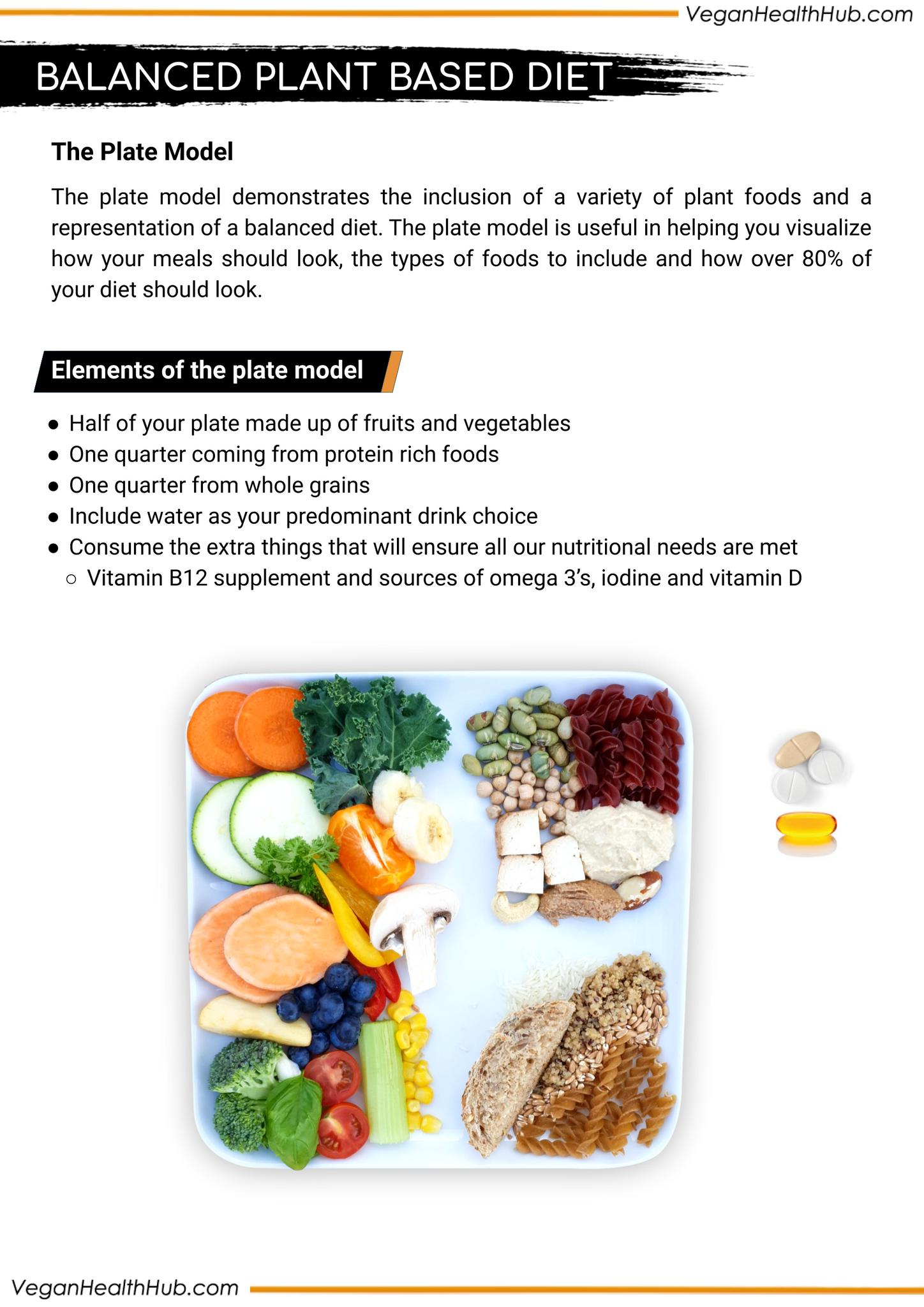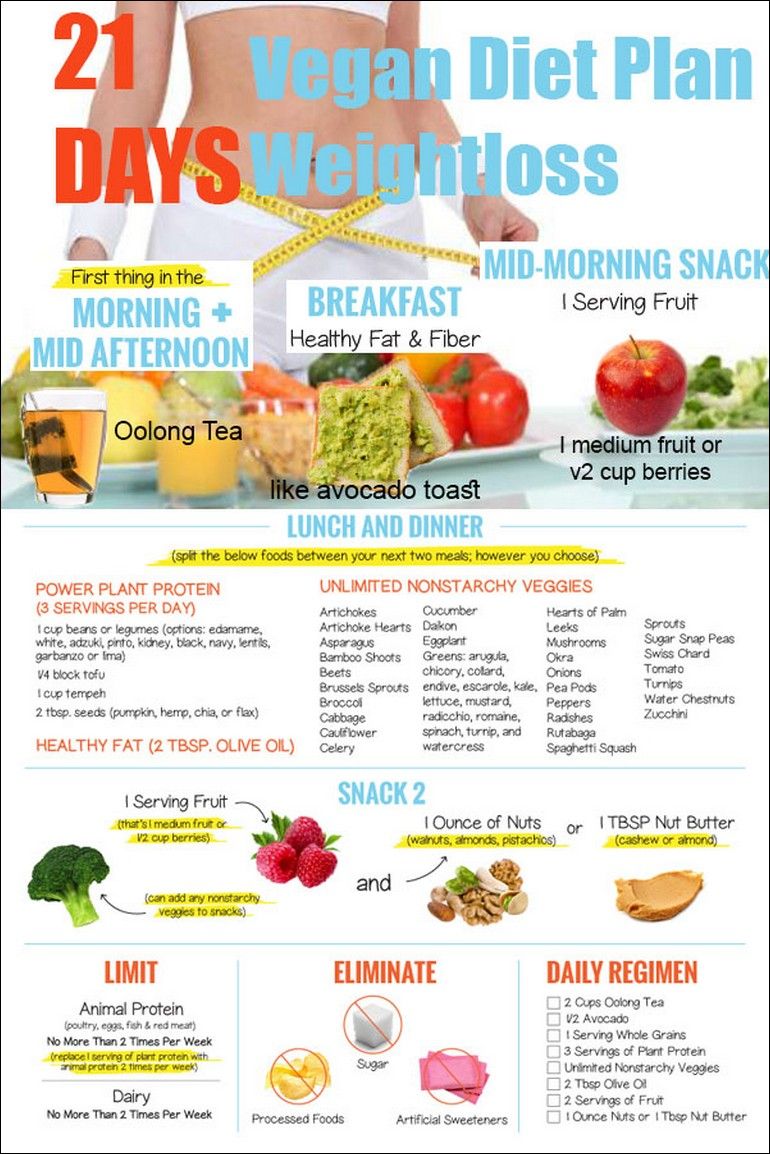
Many companies offer vegetarian meals that are healthy and delicious. Blue Apron, Cookunity and Hungryroot are some of these companies. All three promise to provide vegetarian food that can be enjoyed in the comfort of your own home. You can also get weekly deliveries, extra meals and menu changes. You can cancel your order at all times.
Blue Apron
Blue Apron's vegetarian food delivery service features a variety recipes created by chefs. The menu rotates weekly and focuses on vegetarian cuisine. Blue Apron has recipes that are suitable for diabetics as well as those who eat low-carb. These meals are made with nutritionists' input and take less than 30 minutes to prepare. It is a great choice for busy working professionals who don't have time to cook elaborate meals.
The company only uses seasonal and organic ingredients when creating its menus. Sustainable farming practices are supported by the company, which ensures that the best quality ingredients are used. Blue Apron delivered two weeks worth of vegetarian meals directly to our doorstep. The meals were prepared from fresh ingredients and provided nutritional information.
Cookunity
CookUnity allows you to subscribe for up to four meals per day, whether you are looking for eight, twelve or fourteen. Each meal plan has a list with ingredients and allergens. Before you start a subscription, consult your doctor if you have food allergies. CookUnity is not a weight loss site, but they can provide nutritional information that will help you determine what foods to eat. This information is not guaranteed and may change at any time.

CookUnity meals can be recycled and composted. There is also a customer policy where leftover packaging can be disposed of. CookUnity will pick up your containers on your next delivery date. You can also recycle the ice packets that come with your meals. The ice packs contain 98% water and 2% non-GMO cotton. Place the ice packets in the trash instead of putting them in your sink. You can also squeeze the gels out of the ice packs, and put them in the garbage.
Hungryroot
Hungryroot's vegetarian meal delivery service offers a wide range of options. Customers can select from over 5,000 recipes, or customize their orders by adding individual ingredients. All meals contain a large amount of vegetables. Hungryroot's website allows you to easily customize recipes to fit your particular diet.
Customers have the option to choose when they would like their meals delivered. Subscriptions can be customized. Some subscribers want their meals delivered at the beginning of the week. Other subscribers prefer to have them delivered by mid-week.
Sakara Life
Sakara Life is a great option if you are looking for a delicious and nutritious vegetarian meal delivery service. The company offers non-GMO, plant-based vegetarian meals. They don't have refined sugar. Their meals are made from whole foods, hydrating ingredients and nutrient-dense "superfoods" to help you stay healthy. Their Signature plan, which includes up to three meals a day of leafy greens and more 100 unique ingredients to promote health and wellbeing, is an example.
It is vegan, gluten-free, and dairy-free. They are popular among Instagram users. Even green nut milk with spirulina can be ordered. The meals will be delivered three times per semaine.

Veestro
Veestro delivers vegetarian meals to you, so if you are a vegetarian and don't have enough time to cook, Veestro can be a great option. Veestro provides organic and plant-based dishes in convenient, quick-to-reheat packaging. You can even watch an unboxing video of their service to learn more about how to use it.
Veestro isn't the only vegetarian meal delivery company. Mark Fachler is the company's founder. He had previously worked in banking and realized that he was missing eating a healthy vegetarian meal. Instead of complaining about his daily dilemma, Mark quit his job and dedicated himself to creating the first 100% plant-based meal plan service. He convinced Monica to join him and create the new company.
FAQ
What should I eat?
Eat lots of fruits and vegetables. They provide vitamins and minerals to keep your immune systems strong. Vegetables and fruits are high in fiber which helps to digest and fill you up. You should eat at least five servings per day of fruits and vegetables.
Drink plenty of water. Water flushes toxins from the body and gives you a full feeling between meals. Drink about eight glasses each day.
Whole grains are better than refined grains. Whole grains retain all nutrients including B vitamins, iron and zinc as well as calcium, magnesium, calcium, protein, and magnesium. Refined grains have been stripped of some of their nutrition.
Avoid sugary drinks. Sugary drinks have empty calories and are a major contributor to obesity. Instead, you can opt for water or milk, as well as unsweetened herbal teas.
Avoid fast food. Fast food has very little nutritional value. It may taste great but it won't give you the energy you need to function properly. Stick to healthier options such as salads, soups, sandwiches, and pasta dishes.
Reduce your alcohol intake. You can reduce your intake of alcohol by limiting the amount of empty calories. Limit the amount of alcohol you consume in a given week to no more than 2 alcoholic beverages.
Reduce red meat intake. Red meats contain high amounts of saturated fat and cholesterol. Instead, choose lean cuts of beef and pork, lamb, chicken or fish.
How to measure bodyfat?
The best way to measure body fat is with a Body Fat Analyzer. These devices measure the body fat percentage in people who wish to lose weight.
What can be done to increase your immune system's effectiveness?
The human body consists of trillions of cells. These cells combine to form organs or tissues that serve specific functions. When one cell dies, another cell replaces it. Hormones, which are chemical signals that allow cells to communicate with one another, enable them to do so. Hormones regulate all bodily processes, from growth and development to metabolism and immunity.
Hormones refer to chemicals secreted in glands throughout the body. They travel through the blood stream and act like messengers to control how our bodies function. Some hormones come from the body and others are produced outside.
When a hormone-producing gland releases their contents into the bloodstream, hormone production begins. Once hormones are released, they move through the body to reach their target organ. In some cases hormones can remain active for a very short time. Others hormones are more active and have a longer life expectancy. They can still influence the body's functions long after they have been eliminated from the bloodstream.
Some hormones may be produced in large numbers. Others are produced in small amounts.
Some hormones only are produced during certain periods of life. The production of estrogen can occur during puberty and pregnancy, as well as menopause and old age. Estrogen assists women with breast development, bone density, and osteoporosis prevention. It also promotes hair growth and keeps skin smooth and soft.
What are the 10 most delicious foods?
These are the top 10 foods to eat.
-
Avocados
-
Berries
-
Broccoli
-
Cauliflower
-
Eggs
-
Fish
-
Grains
-
Nuts
-
Oats
-
Salmon
What is the difference in a virus and bacteria?
A virus is a microscopic organism which cannot reproduce outside of its host cell. A bacterium, a single-celled organism, reproduces by splitting into two. Viruses have a very small size (approximately 20 nanometers), while bacteria can grow to a maximum of 1 micron.
Viruses are spread via contact with infected bodily liquids such as urine, saliva, semen and vaginal secretions. Bacteria can easily be spread from direct contact to contaminated objects and surfaces.
Viral infections may enter the body through cuts, scrapes. bites and other skin breaks. They may also enter through the nose, mouth, eyes, ears, vagina, rectum , or anus.
Bacteria can enter our bodies through wounds, cuts, scrapes, burns, insect stings, or other breaks in our skin. They may also come into our bodies through food, water, air, soil, dust, or animals.
Both bacteria and viruses cause illness. But viruses can't multiply within their host. They can only infect living cells and cause illness.
Bacteria can grow in their hosts and cause disease. They can also invade other parts of your body. They can even invade other parts of the body, which is why antibiotics are necessary to eradicate them.
Statistics
- nutrients.[17]X Research sourceWhole grains to try include: 100% whole wheat pasta and bread, brown rice, whole grain oats, farro, millet, quinoa, and barley. (wikihow.com)
- WHO recommends consuming less than 5% of total energy intake for additional health benefits. (who.int)
- WHO recommends reducing saturated fats to less than 10% of total energy intake; reducing trans-fats to less than 1% of total energy intake; and replacing both saturated fats and trans-fats to unsaturated fats. (who.int)
- In both adults and children, the intake of free sugars should be reduced to less than 10% of total energy intake. (who.int)
External Links
How To
What does the word "vitamin" mean?
Vitamins are organic compounds found naturally in food. Vitamins aid us in absorbing nutrients from the food we eat. Vitamins cannot be produced by the body. They must be obtained from food.
There are two types if vitamins: water soluble, and fat soluble. Water soluble vitamins dissolve easily in water. Vitamin C,B1(thiamine), B2 (2riboflavin), and B3 (3niacin), as well as vitamin C,B1, B2 (riboflavin), and B3 (niacin), vitamin B6 (pyridoxine), vitamin folic acid (biotin), pantothenic, and choline are examples. The liver and fatty tissue are the main storage places for fat-soluble vitamins. Some examples include vitamin D and E, K, A, beta carotene, and A-vitamins.
Vitamins are classified according to their biological activity. There are eight major vitamin groups:
-
A - Vital for healthy growth.
-
C - important for proper nerve function and energy production.
-
D - Essential for healthy teeth and bones.
-
E - needed for good vision and reproduction.
-
K - essential for healthy nerves, muscles, and joints.
-
P – vital for building strong bones.
-
Q - Aids in digestion and absorption.
-
R - Required for red blood cell production
The recommended daily allowance of vitamins (RDA), varies depending upon age, gender, physical condition, and other factors. The U.S. Food and Drug Administration has established the RDA values.
For adults 19 years and over, the RDA vitamin A intake is 400mg/day. Pregnant women require 600 micrograms daily to support fetal development. Children ages 1-8 require 900 micrograms per day. Infants below one year of age need 700 micrograms daily. But, between 9 months to 12 months of age, the amount drops to 500micrograms per days.
Children aged 1-18 years need 800 micrograms daily, while children overweight require 1000 micrograms per days. Children who are severely obese or underweight will need 1200 micrograms each day.
Children ages 4-8 years who have been diagnosed with anemia need 2200 micrograms per day of vitamin C.
Adults over 50 years of age need 2000 micrograms per day for general health. Because of their higher nutrient needs, women who are pregnant or nursing need 3000 mg per day.
Adults over 70 require 1500 micrograms each day, since they lose approximately 10% of muscle mass each decade.
Women who have been pregnant or are lactating require more than the RDA. Pregnant and breastfeeding women require 4000 micrograms each day during pregnancy and 2500 Micrograms each day after birth. Breastfeeding moms need 5000 micrograms per daily when breastmilk production occurs.